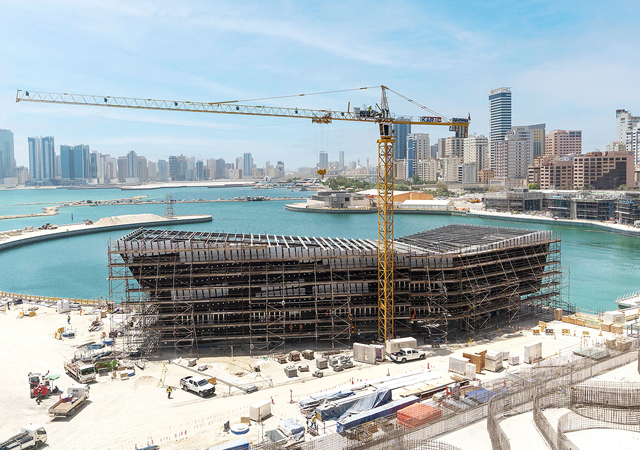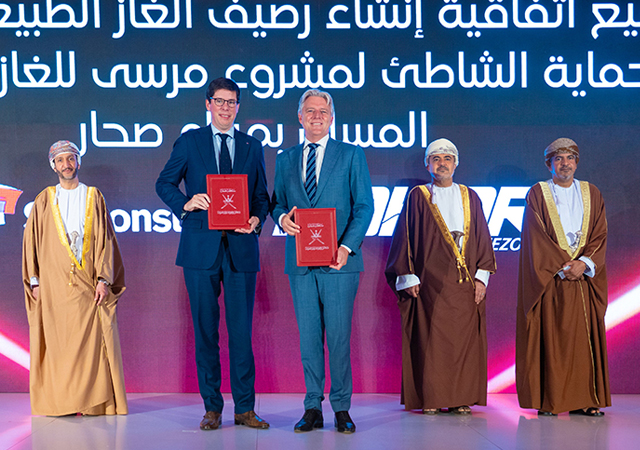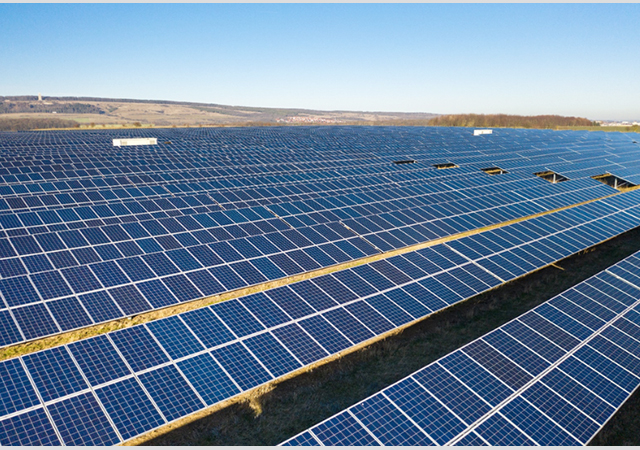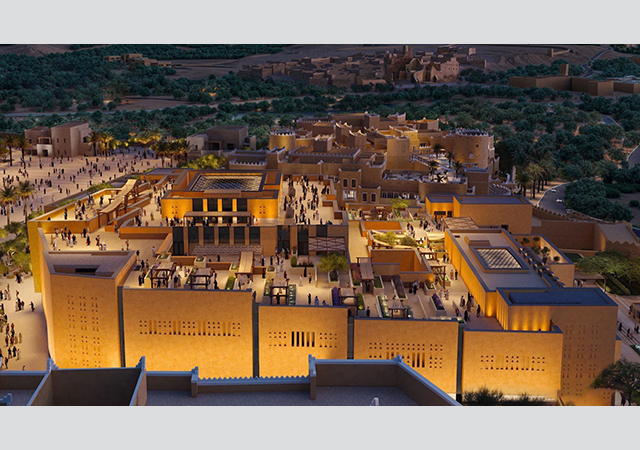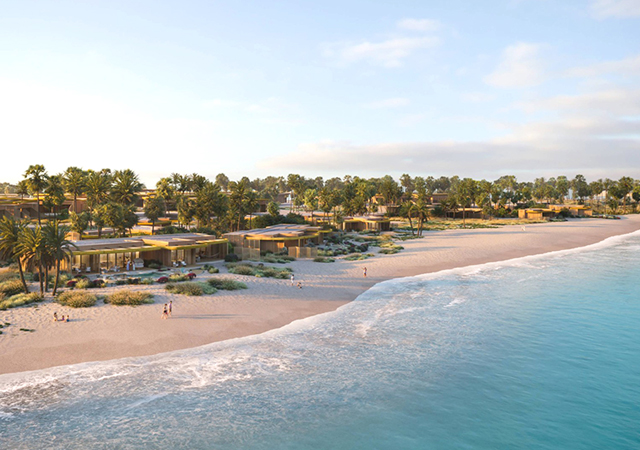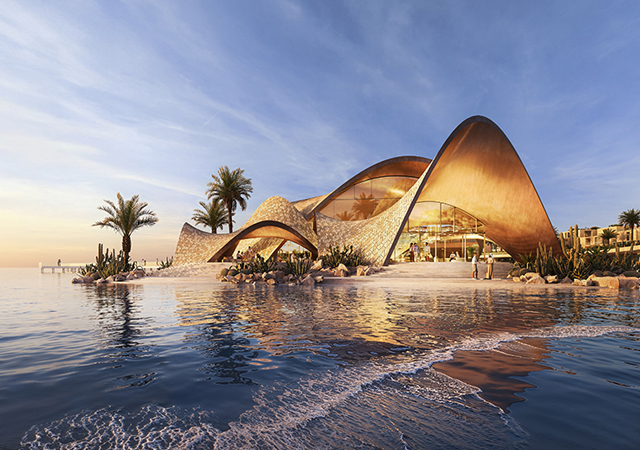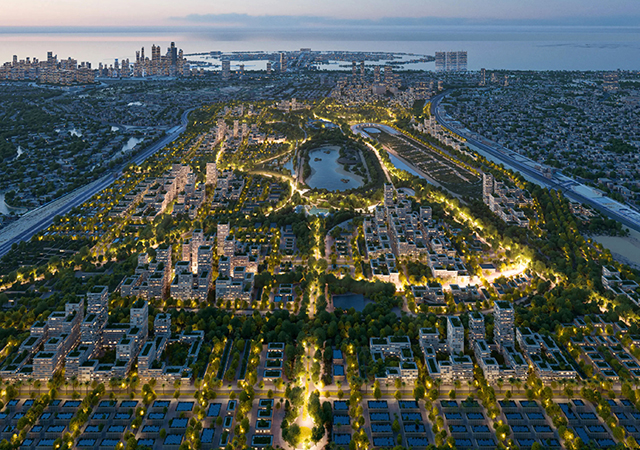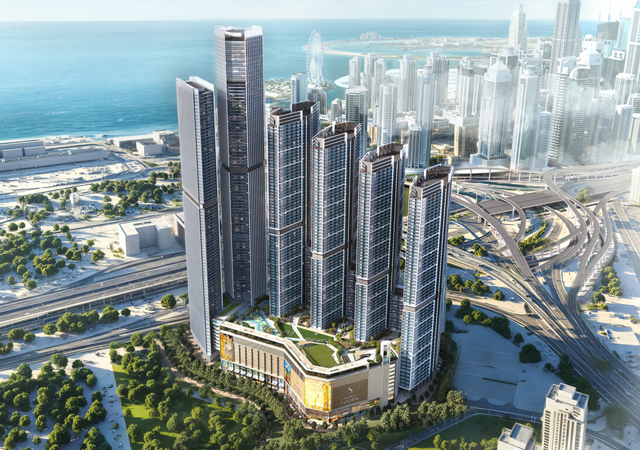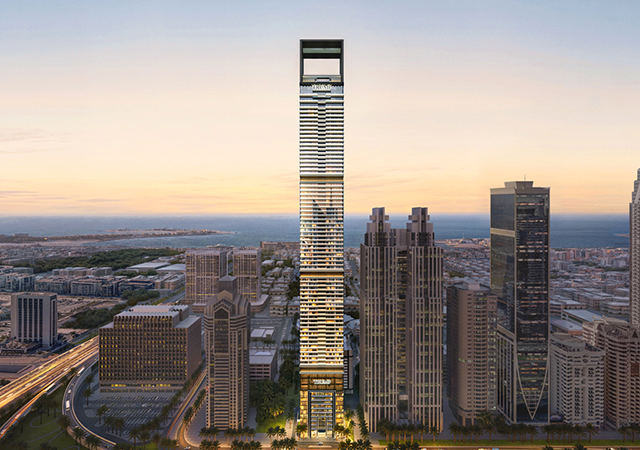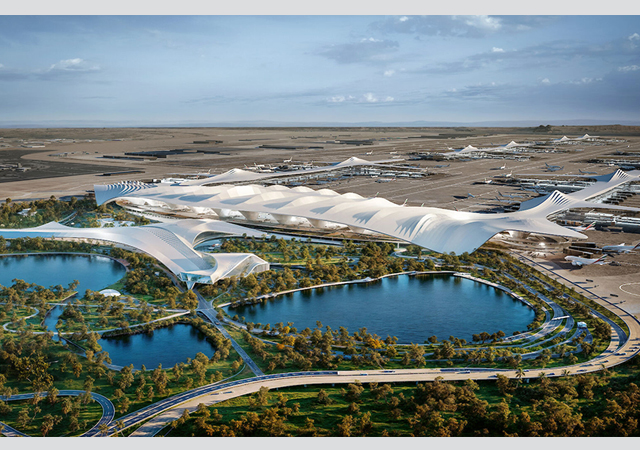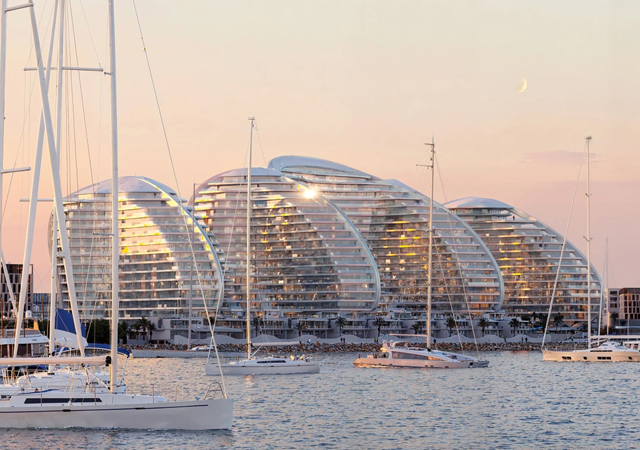
 Doka formwork being used on the tower.
Doka formwork being used on the tower.
Formwork solutions from Doka are helping achieve the streamlined three-day cycles for the typical floors of the world’s tallest tower – the Burj Dubai – currently taking shape in Dubai.
Based on a custom-tailored concept featuring new Doka solutions for the SKE 100 climbing system and the Top 50 wall formwork system, the typical storeys have begun their accent on this stringent cycle. A total of 154 storeys are to be formed and poured in this way by the end of 2007 – a world record not only for the contracting joint venture of Samsung, Besix and Arabtec but also for Doka.
The Burj Dubai will present Doka with some highly demanding formwork challenges during the approximately two-and-a-half years that it will take to construct its shell.
Inspired by an Arabian desert flower, the architectural form of the tower means that the formwork for the shaft core and wing walls needs to be highly adaptable. In turn, the extremely tight construction schedule necessitates an ingenious, streamlined utilisation plan.
Designed by the American architecture firm of Skidmore, Owings & Merrill, the skyscraper will boast a 575-m-tall reinforced concrete shaft core, followed by a steel construction whose exact height has yet to be finalised. It will, in any event, be ensured that the building attains a record height upon final completion in 2008.
With its Y-shaped floor plan, the three-element tower thrusts upwards from a pyramid-like base, with setbacks occurring at each element in an upward spiralling pattern. Towards the top, the tower shaft tapers to form a finishing spire.
Often varying from one floor to the next, the complicated groundplan of the building is one of the key formwork-engineering challenges in the construction of the shaft core and walls of the three wings of the building. No fewer than 180 pouring and climbing steps will be required before this reinforced-concrete construction can be completed. For each of these sections, around 5,000 sq m of Doka wall formwork Top 50 will need to be raised hydraulically, by 227 automatic climbers.
The formwork concept developed by Doka in collaboration with the contracting joint venture envisages climbing-steps being taken independently of one another in six separate zones, with work on the wing walls proceeding two to three storeys behind the central shaft core. “De-linking” the in-situ pouring operations from one another in this way (by dividing up the work into six mutually independent zones) makes it possible to construct the typical storeys of this imposing structure in a three-day cycle.
The Doka automatic climbing formwork is designed to withstand extreme wind speeds of over 200 km/h, and is completely enclosed in a steel grille to provide the greatest possible safety for the crew at these dizzying heights. The Doka self-climbing system also takes care of raising the required four concrete placing booms – each up to 32 m long - from one floor to the next, independently of the crane.
To facilitate handling of the two-storey-high pre-fabricated reinforcements, the Doka automatic climbing system is fitted with suitable reinforcement platforms which also make it possible to stabilise these high reinforcing cages.
The specially-coated Dokaplex sheets, with their protective steel edges and corner elements, not only ensure first-rate concrete finishes but will also keep form-facing changes to a minimum, despite the high number of re-use cycles.
Following the pouring of the heavy foundations in autumn last year (also using Doka formwork), and the subsequent site installation work, the main formwork assignment got off the ground in March this year.




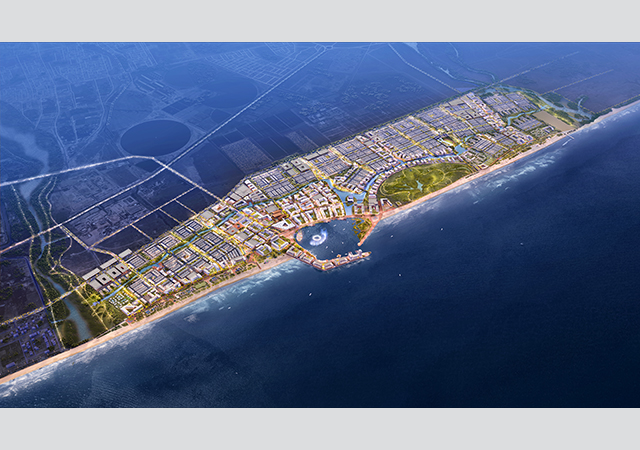





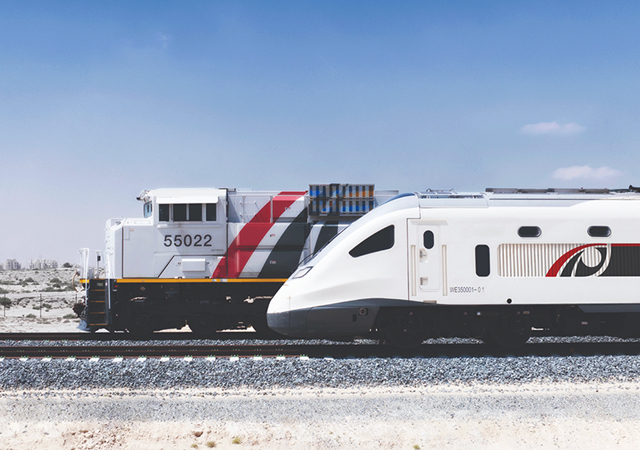
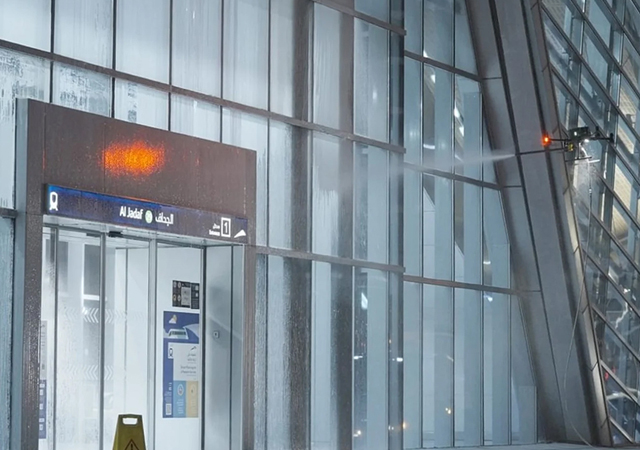
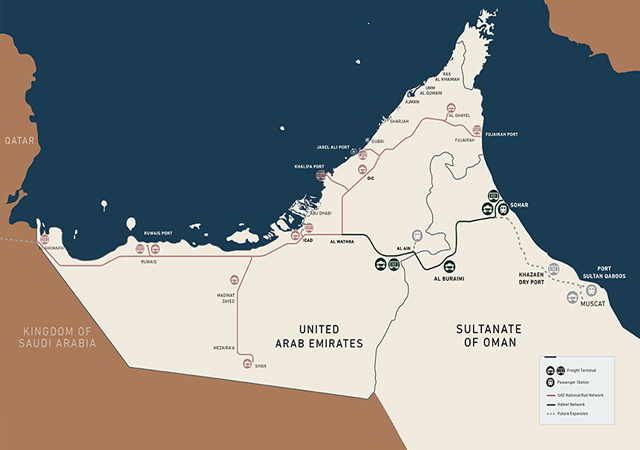
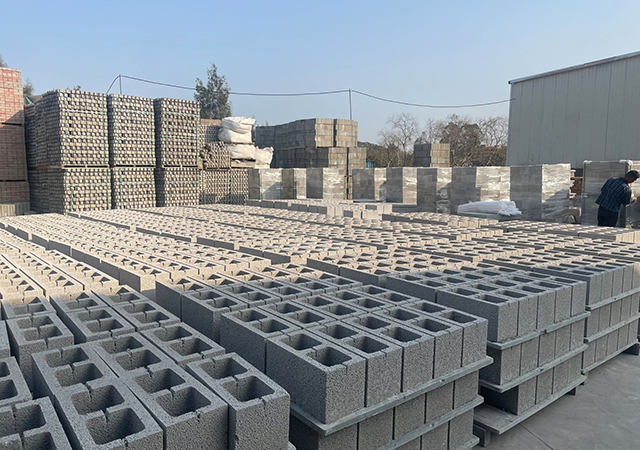


.jpg)
.jpg)
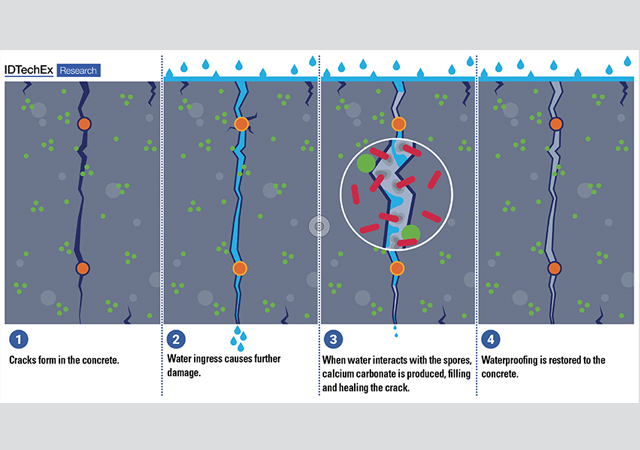
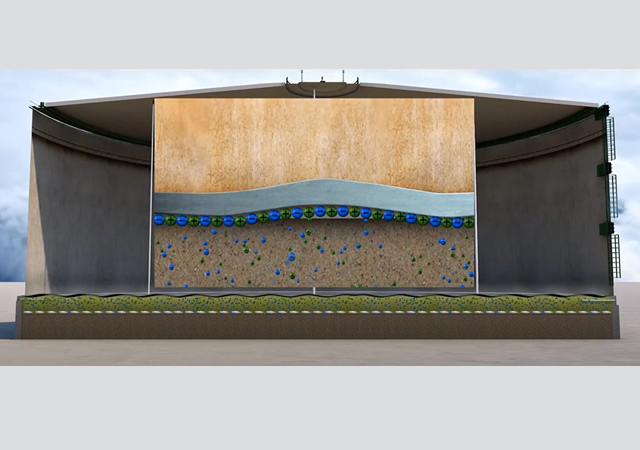
.jpg)
.jpg)
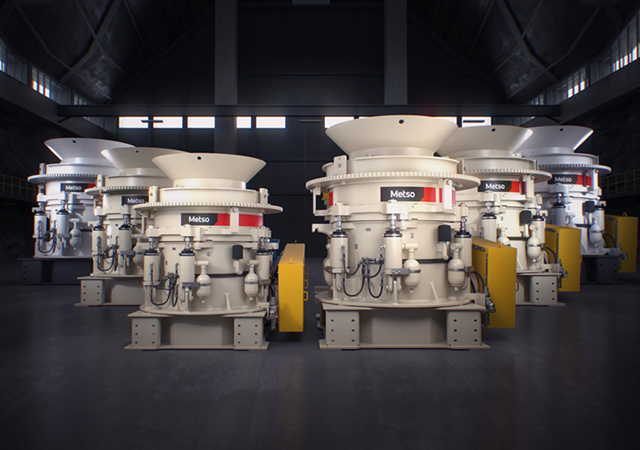
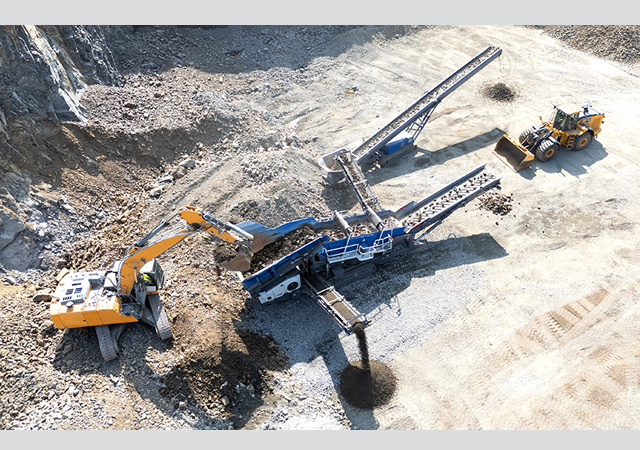
.jpg)
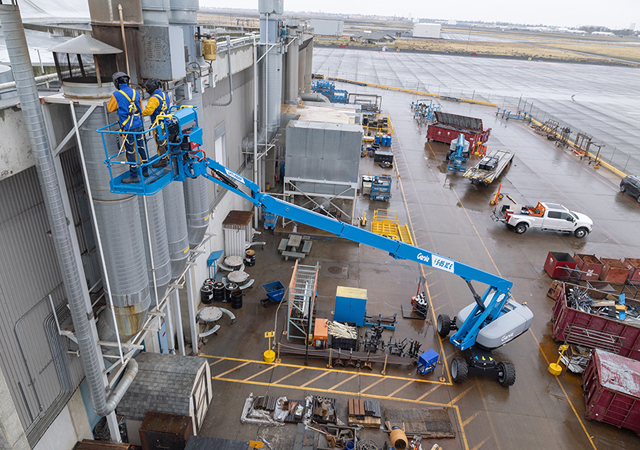

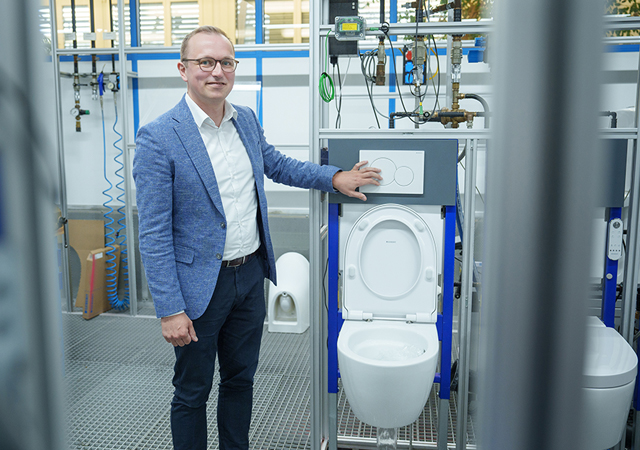

 Doka.jpg)



